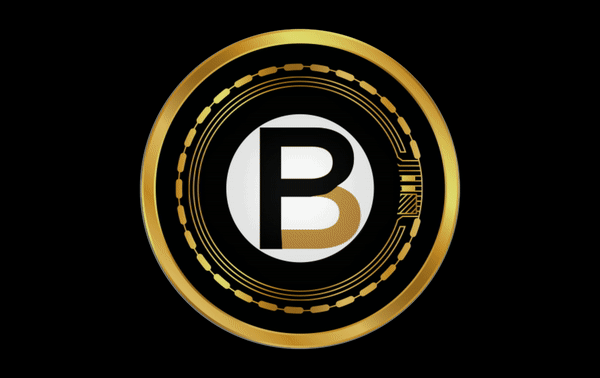Definition and Introduction:
- A Web3 Wallet, often referred to as a decentralized or blockchain wallet, is a digital tool that allows users to interact with decentralized applications (DApps) on the blockchain. Unlike traditional online wallets, Web3 wallets operate on blockchain technology and are essential for engaging with the Web3 space, which represents the new era of the internet – decentralized, open, and secured by blockchain.
Key Features of Web3 Wallets:
- Decentralized Nature:
- Web3 wallets operate without central authority control, providing users with full autonomy over their digital assets and data.
- Cryptocurrency Management:
- They enable users to store, send, and receive cryptocurrencies such as Bitcoin, Ethereum, and various altcoins.
- Interaction with DApps:
- Essential for accessing and interacting with DApps built on various blockchains, allowing for activities like trading on decentralized exchanges, participating in DeFi (Decentralized Finance) platforms, and engaging with NFT (Non-Fungible Token) marketplaces.
- Private Key Ownership:
- Users have complete control over their private keys, a critical security feature that ensures sole access to their assets and data.
Security and Privacy:
- Web3 wallets prioritize user security and privacy. The private keys and seed phrases that grant access to the wallet’s contents are stored locally on the user’s device, not on a centralized server. This design significantly reduces the risk of hacking and unauthorized access, a common concern with traditional, centralized financial systems.
Types of Web3 Wallets:
- Browser Extension Wallets: Like MetaMask, these wallets integrate with web browsers and provide a seamless interface for interacting with DApps.
- Mobile Wallets: Apps on smartphones that offer similar functionalities with the added convenience of mobility.
- Hardware Wallets: Physical devices that store private keys offline, providing enhanced security for substantial cryptocurrency holdings.
User Responsibility:
- The decentralized nature of Web3 wallets means that users are responsible for their wallet’s security, including safeguarding private keys and seed phrases. Losing access to these can result in the permanent loss of assets, as there is no central authority to retrieve them.
Web3 Wallets vs. Traditional Banking:
- Unlike traditional banking, Web3 wallets offer users complete control over their assets without relying on financial institutions or intermediaries. This independence aligns with the ethos of blockchain technology – fostering transparency, security, and user empowerment.
Conclusion:
- Web3 wallets are at the forefront of the burgeoning decentralized internet, enabling users to securely manage their digital assets and engage with the rapidly growing ecosystem of DApps. As the blockchain space continues to evolve, Web3 wallets stand out as a cornerstone technology, empowering users with the tools needed to navigate this new, decentralized digital landscape.

